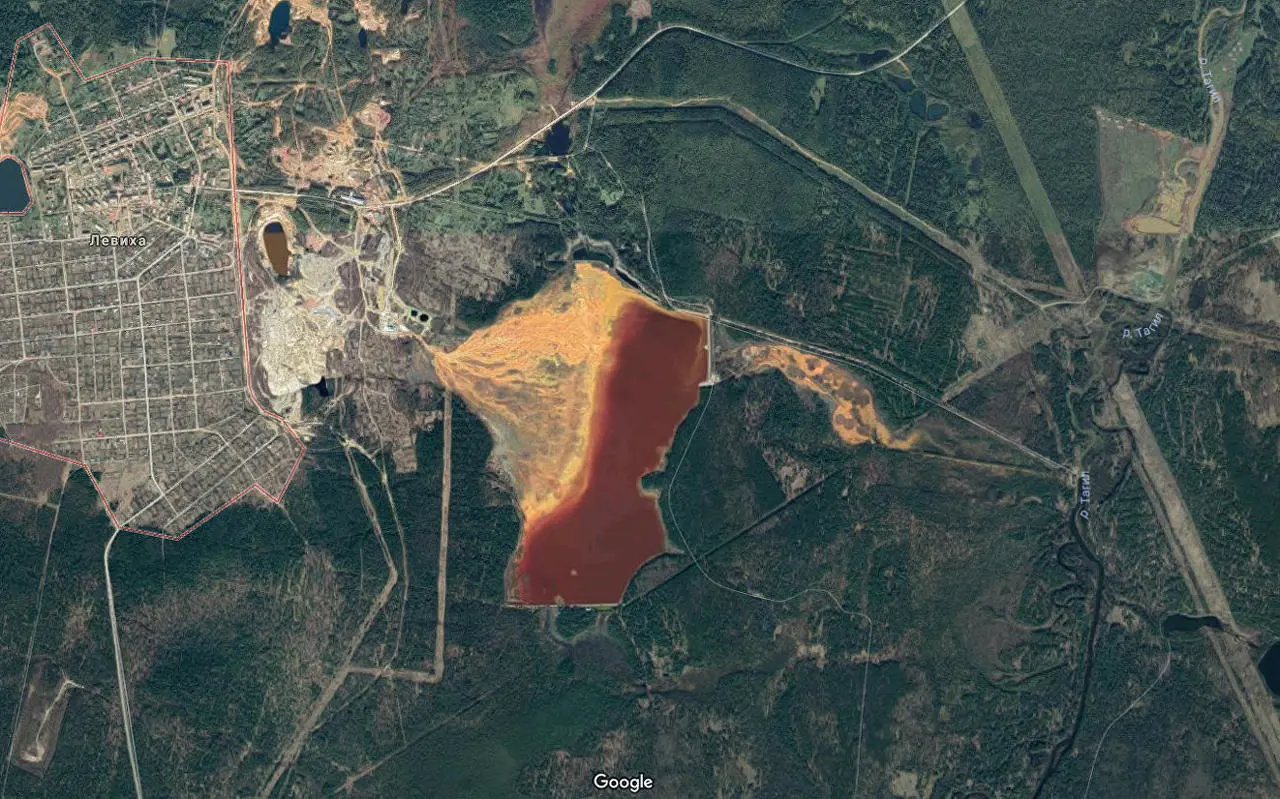Russian mining companies are mainly guided by compliance with the Russian Federation legislative requirements. Currently, these do not require specialized studies of such aspects as potential acid rock drainage and metal leaching from rocks and processing waste to be undertaken. Nevertheless, in recent years, Russian environmental legislation has started to consider the implementation of the principle of "best available technologies", which, among other things, considers good international industry practices. To date, however, most of the requirements are advisory in nature.
Traditionally, geochemical assessment of mines in Russia has largely gone unnoticed due to the lack of regulatory requirements. Waste rock material and processing waste (tailings) are given hazard categories based on biotesting that does not account for acid rock drainage and metal leaching (ARDML). Based on this biotesting, mining and processing waste is most often classified as "practically non-hazardous waste", and the design solutions and environmental monitoring cannot fully assess these impacts and mitigate them.
For example, in 2019-2020, local concern emerged over drainage from the abandoned Levikhinsky (copper-pyrite ore) mine near the Levikha settlement (near Kirovgrad, Urals), impacting the Tagil River. Local pressure and media coverage have led to the regional government requesting assessment of technologies to control and treat the drainage with lime to neutralize the mine waters.
In addition to the key commercial metals, copper, zinc, sulfur, gold, silver, selenium, germanium, and cadmium, the Levikhinsky ore also contains lead, tin, arsenic, antimony, tellurium, and indium. No closure and reclamation activities were carried out when production stopped in 2003, and in 2004 the mine was flooded. In 2010, the mine became state property.
Currently, the contaminated mine water, rain and snow melt water from the waste dumps are directed to the technical pond for neutralization. The ponds overflow into the Levikha River, and then to the Tagil River. It is estimated that approximately 6,500t of lime is required annually to treat the contaminated water; however, it is currently not possible to completely remove the contaminants. For example, the concentrations of zinc and copper alone in the Tagil River after the confluence of the Levikha River exceeds the local water quality standards by up to 80 times.

